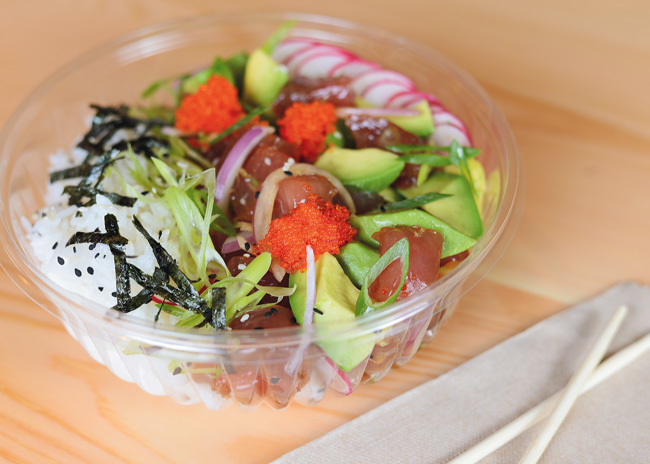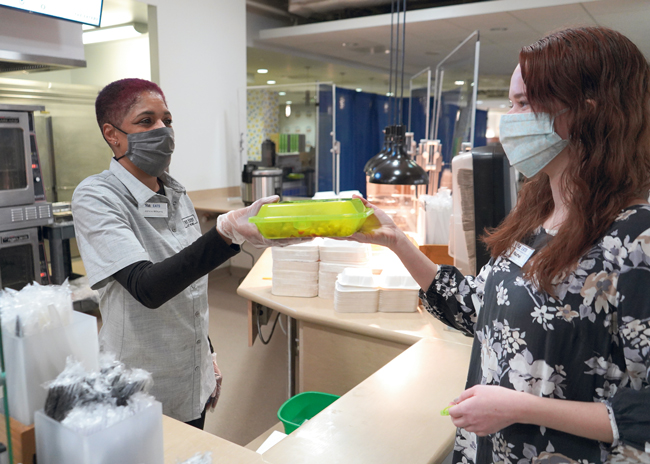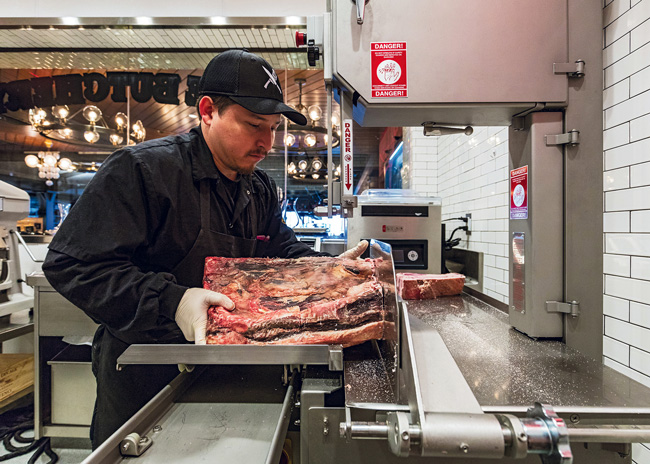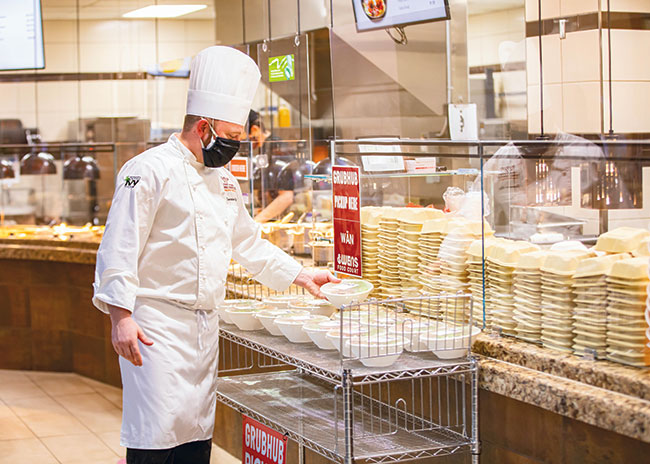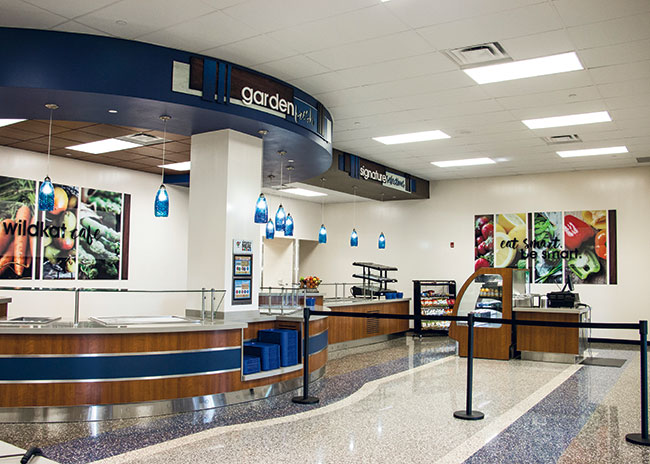Among national and regional restaurant chains today, those not making plays in the virtual brand and ghost kitchen arenas are quickly becoming exceptions. But small, independent operators and entrepreneurs continue to find a home in ghost kitchens too, shifting their focus from that most fundamental barometer of success — butts in seats — to clicks on apps. Here’s how Ghost Truck Kitchen is tapping in and what they’ve learned by crossing over into the virtual sphere.
As foodservice operators continue to evolve, so too must the supply chain that serves them. From a distance, though, it may not look as if a lot has changed among the individual links in the foodservice equipment supply chain. But a closer look reveals much has changed about the way that individual companies go to market, how they work with each other and more.
With health and sustainability at the forefront, plant-forward concepts and offerings continue to blossom.
This past year has seen tremendous change in the foodservice industry. One thing that remains the same, however, is a continuing desire among both operators and consumers for open kitchens.
Among national and regional restaurant chains today, those not making plays in the virtual brand and ghost kitchen arenas are quickly becoming exceptions. But small, independent operators and entrepreneurs continue to find a home in ghost kitchens too, shifting their focus from that most fundamental barometer of success — butts in seats — to clicks on apps. Here’s how Garrett Hospitality Group is tapping in and sharing what they’ve learned by crossing over into the virtual sphere.
Now that research has shown little-to-no risk of transmitting the virus through hard surfaces, we have seen reusable containers come back to campus.
For some chefs and operators, providing extraordinary guest experiences hinges in part on taking extraordinary operational steps, doing what few competitors are willing or able to do to set their menus and their brands apart.
Mix one part comfort food and one part sociability with two parts nostalgia and you’ll have the recipe for the success of diners. This formula has worked for decades, but will it work in the future?
Among national and regional restaurant chains today, those not making plays in the virtual brand and ghost kitchen arenas are quickly becoming exceptions. But small, independent operators and entrepreneurs continue to find a home in ghost kitchens too, shifting their focus from that most fundamental barometer of success — butts in seats — to clicks on apps. Here’s how four diverse brands are tapping in and what they’ve learned by crossing over into the virtual sphere.
Good news: restaurants across the country are fully reopening after the pandemic. Bad news: some of the challenges they faced during the pandemic are lingering. That’s where consultants like Mark Moeller, owner of The Recipe of Success, are stepping in.
Shaking up a segment grounded more on convenience than culinary appeal, ghost kitchen and virtual brand juggernaut C3 (Creating Culinary Communities) has partnered with globally renowned chefs to create a portfolio of new digital restaurant brands.
With the fall semester in sight, college and university foodservice operators find themselves evaluating what worked and what didn’t during the previous academic year as they prepare for the new school year. While they hope for more normal foodservice programs, many changes from the past year may remain.
NAFEM president Rob Connelly answers questions about this years' trade show.
Condiments typically support a variety of uses, and trending flavors tend to stick around for a while.
Is it the right time for restaurants to begin building up their tabletops? These foodservice professionals are giving a resounding yes.
Even in the best of times, K-12 school foodservice is a tough proposition. With ever-changing governmental regulations, fluctuating enrollment sizes and shrinking budgets, it’s always been a challenge. But as with every other segment of the industry, the pandemic made school foodservice completely rethink its operational strategies. The changes that the pandemic forced upon school foodservice will surely affect how it moves forward.





